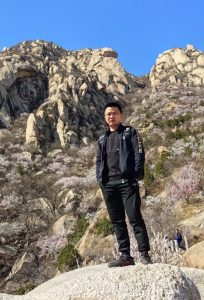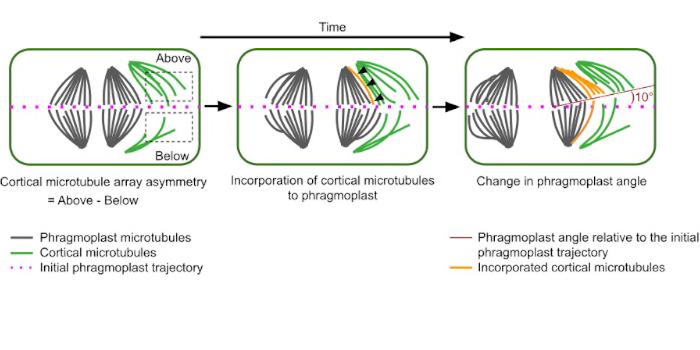Abdolrahim Hooshmand: Plant Direct First Author
 Abdolrahim Hooshmand, co-first author of “Potential application of spectral indices for olive water status assessment in (semi-)arid regions: A case study in Khuzestan Province, Iran”
Abdolrahim Hooshmand, co-first author of “Potential application of spectral indices for olive water status assessment in (semi-)arid regions: A case study in Khuzestan Province, Iran”
Current Position: Associate Professor of Irrigation and Drainage
Education: PhD of Irrigation and Drainage
Brief bio: Abdolrahim Hooshmand is a faculty member at Shahid Chamran University of Ahvaz, Iran. He earned his PhD in Irrigation and Drainage Engineering from Shahid Chamran University of Ahvaz, Iran. Dr. Hooshmand is active in the fields of irrigation and drainage, water quality, water management; Drainage of agricultural land; precision irrigation, agricultural water management, water productivity, water & soil salinity and alkalinity. He has been a mentor for master’s and PhD students and he is currently working in these fields.


 Run Han, co-first author of
Run Han, co-first author of  Liang Ma, co-first author of
Liang Ma, co-first author of  Guo Yun Wang, first author of
Guo Yun Wang, first author of  Huijin Ma, co-first author of
Huijin Ma, co-first author of  Feng Bai, co-first author of
Feng Bai, co-first author of  Next steps: Whether microtubules participate in division positioning and how TANGLED1 might modulate their dynamics in other plant cells is not yet known.
Next steps: Whether microtubules participate in division positioning and how TANGLED1 might modulate their dynamics in other plant cells is not yet known.